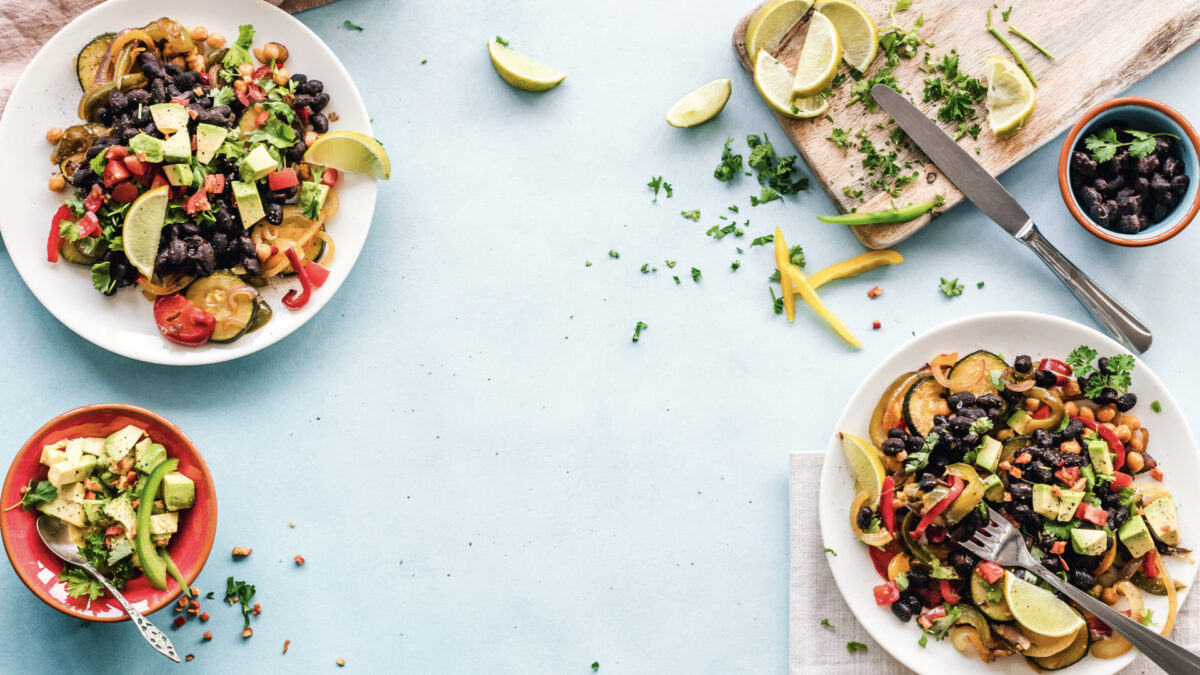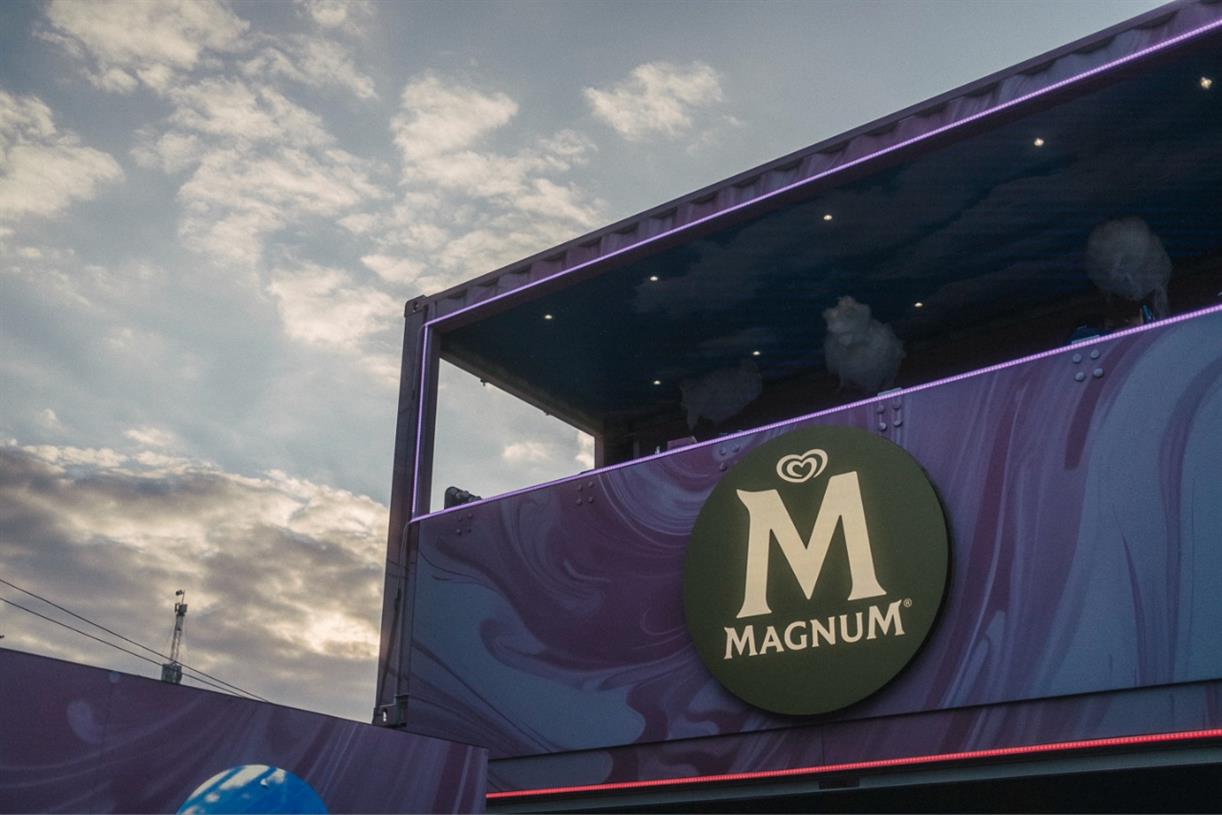Sources of Oxidized Cholesterol
Chicken, fish, and egg powder in processed foods present greater risk from cholesterol oxidation byproducts, but there are things you can do to reduce exposure. […]

Chicken, fish, and egg powder in processed foods present greater risk from cholesterol oxidation byproducts, but there are things you can do to reduce exposure.
“A significant body of evidence indicates that oxidized cholesterol, in the form of oxysterols, is one of the main triggers of AD [Alzheimer’s disease].” But, that’s not all. Cholesterol oxidation products (COPs) “are associated with the initiation and progression of major chronic diseases,” including heart disease, diabetes, and kidney failure. COPs are produced when animal products are heated. All forms of cooking can do it, since you can get “maximum cholesterol oxidation and COP production” at only about 300 degrees Fahrenheit, but are there any types of cooking that are worse than others? As I discuss in my video How to Reduce Cholesterol Oxidation, if you look at “foal meat”—baby horse meat—higher levels of oxidation in general were found in microwaved meat, as you can see at 0:40 in the video.
Indeed, microwaving chicken or beef appears to produce about twice as much cholesterol oxidation as does frying. If you look at bacon, though, raw bacon didn’t have any oxidized cholesterol. Like all animal products, it has cholesterol, but it’s not oxidized until you cook it. Grilling seems to be the safest if you eat the meat right away, but if you put leftovers in the refrigerator and reheat them later using the same method, all the oxidized cholesterol levels shoot up, as you can see at 0:58 in my video.
It’s not just heat, though. Although levels in raw meats are usually low, “their concentrations tend to increase dramatically after exposure to proxidant [or, pro-oxidation] agents such as light.” Okay, but it isn’t like you can crawl inside the pig and eat bacon from the inside. Isn’t meat always exposed to light? Well, but you could wrap the meat in red plastic wrap. Clear plastic wrap doesn’t seem to work, but red film blocks some of the light waves and can delay cholesterol oxidation—at least it worked for “horse meat slices.” The problem is worse with sliced meat products, because more of the meat is exposed to air and light. It’s the same with ground meat—it’s just so much more exposed.
Unless you keep meat in some kind of vacuum pack, the oxygen exposure alone can shoot up oxidation levels even in a dark refrigerator or the freezer. As you can see at 2:04 in my video, cooking raw fish can boost cholesterol oxides levels from 8 μg/g to 18 μg/g, but, after a few months, frozen fish—even frozen raw fish—starts out about ten times higher and just goes up from there.
In terms of which meat is the worst, chicken was twice as bad as beef, whether microwaved or fried. It seems the reason has to do with the polyunsaturated fat content of the muscle, which “decreases in the order fish [with the highest content] > poultry > pork > beef > lamb.” So, white meat is more susceptible to cholesterol oxidation. Red meat has more saturated fat, but fish and chicken tend to build up more oxidized cholesterol. So, chicken and roasted salmon have been shown to generate greater amounts of cholesterol oxidation products than other types of meat. Surprisingly, though, the highest increase of oxidized cholesterol in salmon was found through steaming, mainly because it’s just exposed to heat longer. Cholesterol oxidation increased after each cooking procedure, but “steaming increased the total amount by more than 1000%.”
There are two ways chicken meat may pull ahead, though. One is if you feed the chickens rancid fat. Unfortunately, all manner of substandard “fat by- and coproducts” may end up at the rendering plants to be turned into animal feed. The second way is irradiation. As you can see at 3:28 in my video, when chicken meat is irradiated to improve its food safety from an infectious disease standpoint, it may diminish food safety from a chronic disease standpoint—but, hey, It’s better than dying from Salmonella.
In terms of dairy, you may recall that I talked about the potential dangers of ghee in my video Oxidized Cholesterol as a Cause of Alzheimer’s Disease, which made me wonder about UHT milk. UHT stands for ultra-high temperature processing. It’s used to make those little Half & Half “no refrigeration needed” coffee creamers. As you can see at 4:00 in my video, UHT appears to boost oxidized cholesterol levels by about 50 percent, which is more than regular pasteurization. Interestingly, however, if you can find goat milk Half & Half, that would be safer.
Same problem with eggs. Egg powder in processed foods is good for shelf life, but it may not be so good for human life. Some examples of packaged foods with egg products include some pastas, many baked goods, and mayonnaise. So, even people who stay away from eggs out of the egg carton may still be exposed unwittingly through processed foods if they don’t read the ingredients label.
If it’s all about oxidation, why not just add synthetic or natural antioxidants to the animal products themselves? The meat industry has certainly tried—for instance, adding lemon balm tea to hamburger patties. It didn’t work, but that’s likely because they couldn’t add enough without affecting the taste. What about adding cherries? They’re red, so they would blend right in. As you can see at 5:00 in my video, cherries worked! Two different types of tart cherries significantly reduced the cholesterol oxidation, but meat with a cherry on top seems a little odd. How about just good old garlic and onions? The amount of oxidized cholesterol in a plain pork chop significantly dropped by adding onion or garlic, as you can see at 5:13 in my video. Interestingly, though, in chicken, cholesterol oxidation was helped by sage but not garlic. In fact, garlic may even accelerate chicken fat oxidation.
So, “there are several measures that can be taken to reduce cholesterol oxidation in foods: reducing the total cholesterol content of foodstuffs by not cooking food with cholesterol-containing fat [like butter or lard], feeding animals with antioxidants, adding antioxidants to food, processing food at low temperatures, using oxygen-excluding packs [opaque vacuum packing, for example], and storing food in the dark.” But, if you take a step back, you see that only foods starting out with cholesterol can end up with oxidized cholesterol. So, in terms of reducing cholesterol oxidation in foods, the primary method may be to “reduce the total cholesterol content of the food”—that is, don’t just avoid adding extra butter; instead, center one’s diet around whole plant foods, which don’t have any cholesterol to get oxidized in the first place.
KEY TAKEAWAYS
In the form of oxysterols, oxidized cholesterol is thought to be a primary trigger of Alzheimer’s disease, and cholesterol oxidation products (COPs) have been associated with the initiation and progression of such major chronic diseases as heart disease, kidney failure, and diabetes. COPs are produced when animal products are heated, and all methods of cooking can do it, but some are worse than others. Microwaving chicken and beef appears to produce about twice as much cholesterol oxidation as frying, and grilling seems to be the safest if the meat is eaten immediately. If leftovers are refrigerated and then reheated in the same method, the oxidized cholesterol levels jump up. Concentrations also tend to increase dramatically after exposure to light and other pro-oxidation agents, though red film (as opposed to clear plastic wrap) blocks some light waves and may delay cholesterol oxidation. Red meat has more saturated fat than white meat, but white meat is more susceptible to cholesterol oxidation, particularly through steaming. Dairy and eggs also play a role. Ultra-high temperature processing (UHT) of milk makes, for example, “no refrigeration needed” coffee creamers. UHT appears to boost oxidized cholesterol levels by about 50 percent, which is greater than regular pasteurization. Egg products in packaged foods, such as pastas, baked goods, and mayonnaise, are also problematic. To reduce cholesterol oxidation, the meat industry has tried to add antioxidants to animal products, such as lemon balm tea, cherries, and onion, but the best way to reduce cholesterol oxidation in foods is by reducing the total cholesterol content in foods—namely, centering one’s diet around whole plant foods that don’t have any cholesterol to begin with.One of the main triggers of Alzheimer’s disease? Indeed. Check out my video Oxidized Cholesterol as a Cause of Alzheimer’s Disease.
This reminds me of Reducing Cancer Risk in Meat-Eaters, my video about lowering exposure to cooked-meat carcinogens called heterocyclic amines.
Other than cholesterol oxidation, are microwaves a good idea? See Are Microwaves Safe? and The Effects of Radiation Leaking from Microwave Ovens.
Is unoxidized cholesterol a problem, too? See Cholesterol Crystals May Tear Through Our Artery Lining.
What’s the Flashback Friday: Optimal Cholesterol Level?
Watch the video to find out!
Is it just the small dense cholesterol particles we should be concerned about? Check out Flashback Friday:Does Cholesterol Size Matter?
Want to see through egg industry propaganda? Check out How the Egg Board Designs Misleading Studies.
You may also be interested in my video Oxidized Cholesterol 27HC May Explain Three Breast Cancer Mysteries.
In health,
Michael Greger, M.D.
PS: If you haven’t yet, you can subscribe to my free videos here and watch my live presentations:
2019: Evidence-Based Weight Loss 2016: How Not To Die: The Role of Diet in Preventing, Arresting, and Reversing Our Top 15 Killers 2015: Food as Medicine: Preventing and Treating the Most Dreaded Diseases with Diet 2014: From Table to Able: Combating Disabling Diseases with Food 2013: More Than an Apple a Day 2012: Uprooting the Leading Causes of Death
 KickT
KickT 
































